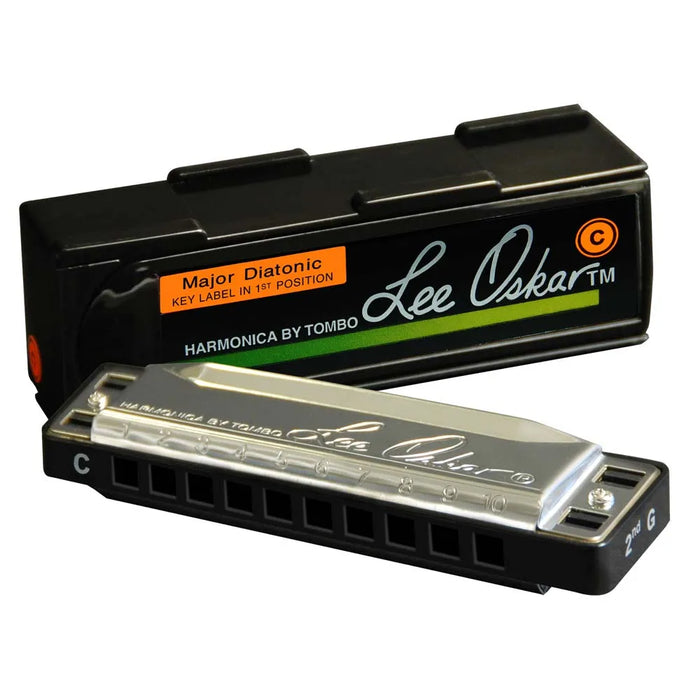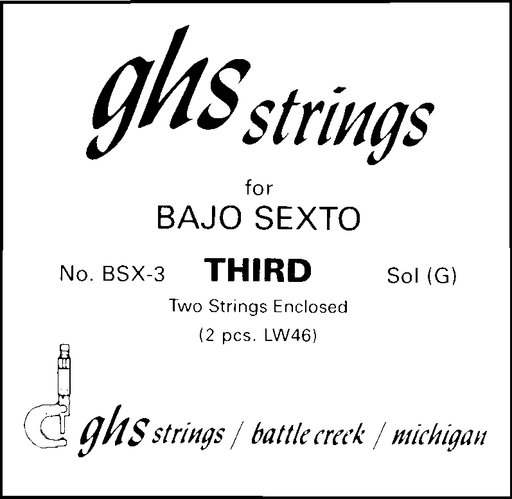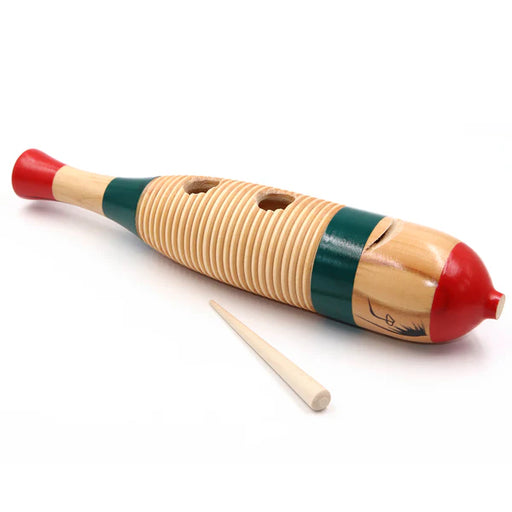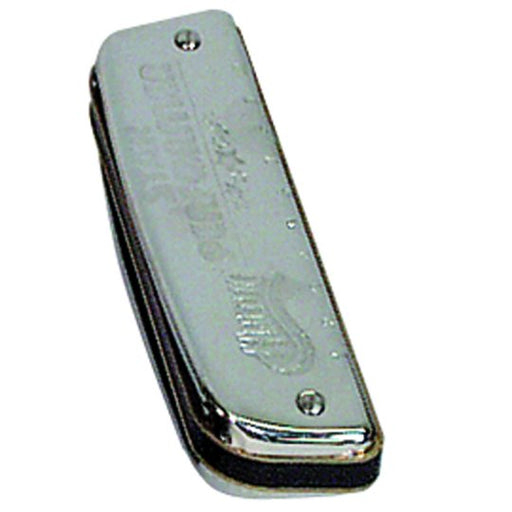1910C Lee Oskar Major Diatonic Harmonica Key Of C
MSRP
- 1910C
Lee Oskar Major Diatonic Harmonica
The Major Diatonic Harmonica was originally intended for playing simple Folk music of the nineteenth century and its notation layout was adequate for that purpose. The Major Diatonic harmonica is the most commonly used tuning for playing Blues, Rock, Country Folk & Jazz.
Several other manufacturers, using various names stamped on their cover plates, for marketing purposes, have the exact same notation layout as a Lee Oskar Major Diatonic harmonica.
The original style of playing, known as 1st Position (Straight Harp), is suitable for playing simple melodies, Folk music and various other types of music that call for melody lines, along with some chords. 1st Position (Straight Harp), is still used by many players today, but due to its simplicity of sound, it is not as popular as 2nd Position (Cross Harp).
Model: 1910C – Labeled in 1st Position Key of C – Orange Label
About the Major Diatonic Harmonica
The Major Diatonic is the standard Blues tuning and may be played in the 1st & 2nd Positions (Straight Harp & Cross Harp).
The evolution of music introduced Blues, Rock and Country and along with these new forms of music came the need for greater expression. Harmonica players began to experiment and found that when they primarily used the inhale (draw) notes, a different kind of sound was provided. This resulted in a new and more fluid style of playing, known as 2nd Position (Cross Harp). 90% of today’s players use 2nd Position for Blues, Rock, Country & Pop music.
2nd Position (Cross Harp), is a Blues scale that offers a more expressive and soulful sound. Many of the draw reeds can be bent (a technique used to change the pitch of a note).
Lee Oskar Major Diatonic Harmonica
The Major Diatonic Harmonica was originally intended for playing simple Folk music of the nineteenth century and its notation layout was adequate for that purpose. The Major Diatonic harmonica is the most commonly used tuning for playing Blues, Rock, Country Folk & Jazz.
Several other manufacturers, using various names stamped on their cover plates, for marketing purposes, have the exact same notation layout as a Lee Oskar Major Diatonic harmonica.
The original style of playing, known as 1st Position (Straight Harp), is suitable for playing simple melodies, Folk music and various other types of music that call for melody lines, along with some chords. 1st Position (Straight Harp), is still used by many players today, but due to its simplicity of sound, it is not as popular as 2nd Position (Cross Harp).
Model: 1910C – Labeled in 1st Position Key of C – Orange Label
About the Major Diatonic Harmonica
The Major Diatonic is the standard Blues tuning and may be played in the 1st & 2nd Positions (Straight Harp & Cross Harp).
The evolution of music introduced Blues, Rock and Country and along with these new forms of music came the need for greater expression. Harmonica players began to experiment and found that when they primarily used the inhale (draw) notes, a different kind of sound was provided. This resulted in a new and more fluid style of playing, known as 2nd Position (Cross Harp). 90% of today’s players use 2nd Position for Blues, Rock, Country & Pop music.
2nd Position (Cross Harp), is a Blues scale that offers a more expressive and soulful sound. Many of the draw reeds can be bent (a technique used to change the pitch of a note).









